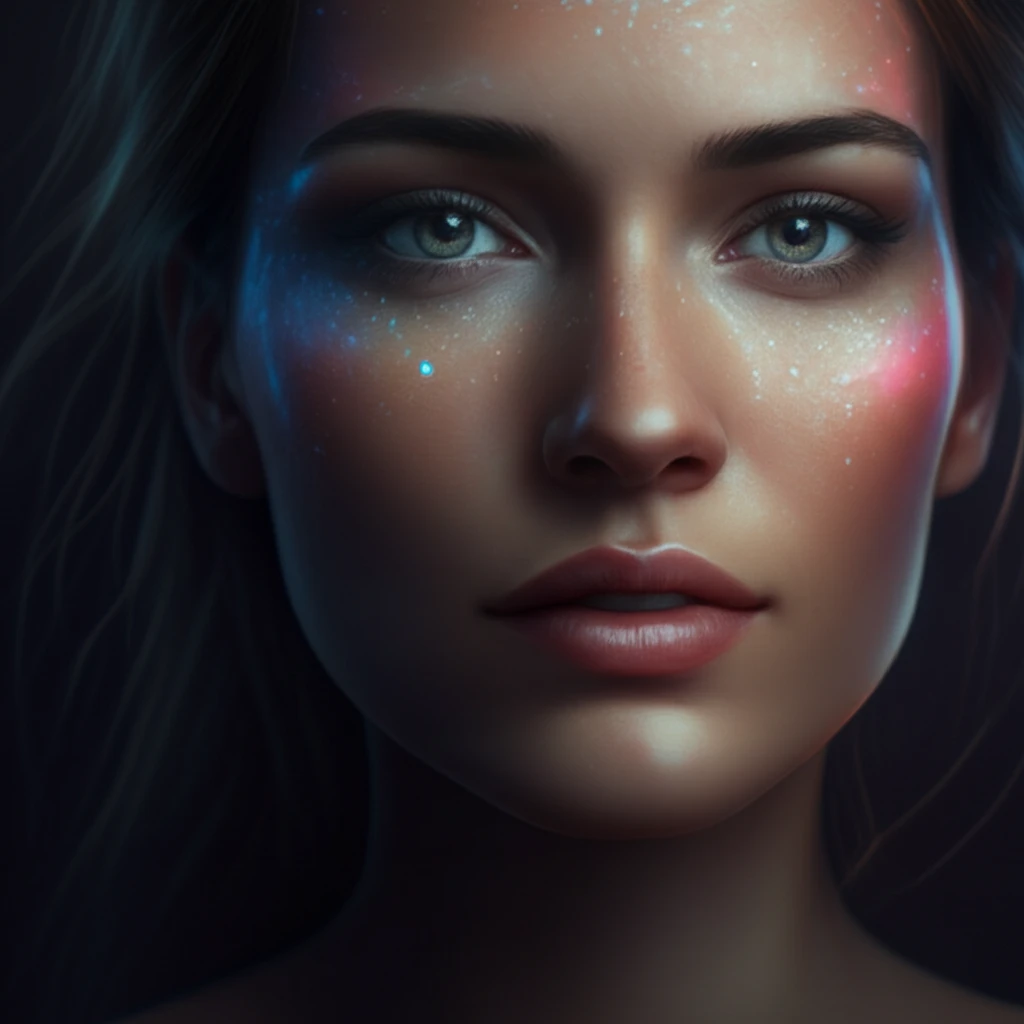
Light Up Your Skin: The Revolutionary Chromophore Gel-Assisted Phototherapy
"Discover the innovative photobiomodulation therapy transforming the treatment of inflammatory skin conditions and signs of aging, offering a radiant and rejuvenated complexion."
In the ever-evolving world of skincare, new treatments are constantly emerging, promising to deliver better results with less downtime. One such innovation gaining traction is chromophore gel-assisted phototherapy, a cutting-edge approach to photobiomodulation. This therapy is showing remarkable promise in treating inflammatory skin conditions and reversing the signs of aging.
Photobiomodulation, also known as low-level laser (light) therapy (LLLT), involves using non-thermal light to alter cellular activity. Unlike ablative laser treatments that remove layers of skin, photobiomodulation works by stimulating the skin's natural healing processes, reducing inflammation, and promoting tissue regeneration. This makes it a gentler option with minimal side effects.
This article delves into the science behind chromophore gel-assisted phototherapy, its applications, and what makes it a promising option for those seeking to improve their skin's health and appearance. Keep reading to discover how this innovative treatment could revolutionize your skincare routine.
How Chromophore Gel-Assisted Phototherapy Works

Chromophore gel-assisted phototherapy enhances traditional photobiomodulation by using a special photoconverter gel containing light-absorbing molecules, primarily eosin. This gel is applied topically to the skin before treatment. Once applied, a low-energy light, typically blue LED light, is used to activate the gel, initiating a biophotonic process that generates fluorescent light. This fluorescent light penetrates the skin, stimulating cellular repair and rejuvenation.
- Controls Propionibacterium acnes, reducing acne-related inflammation.
- Stimulates fibroblast activity and collagen production for skin rejuvenation.
- Activates vascular function and reduces inflammation.
- Promotes overall skin healing and regeneration.
The Future of Skincare is Here
Chromophore gel-assisted phototherapy represents a significant advancement in skincare, offering a safe, effective, and non-invasive solution for a variety of skin concerns. From acne to aging, this innovative treatment harnesses the power of light to stimulate the skin's natural healing processes, promoting a healthier, more radiant complexion. As research continues to unfold, chromophore gel-assisted phototherapy is poised to become a cornerstone in dermatological practices worldwide.
